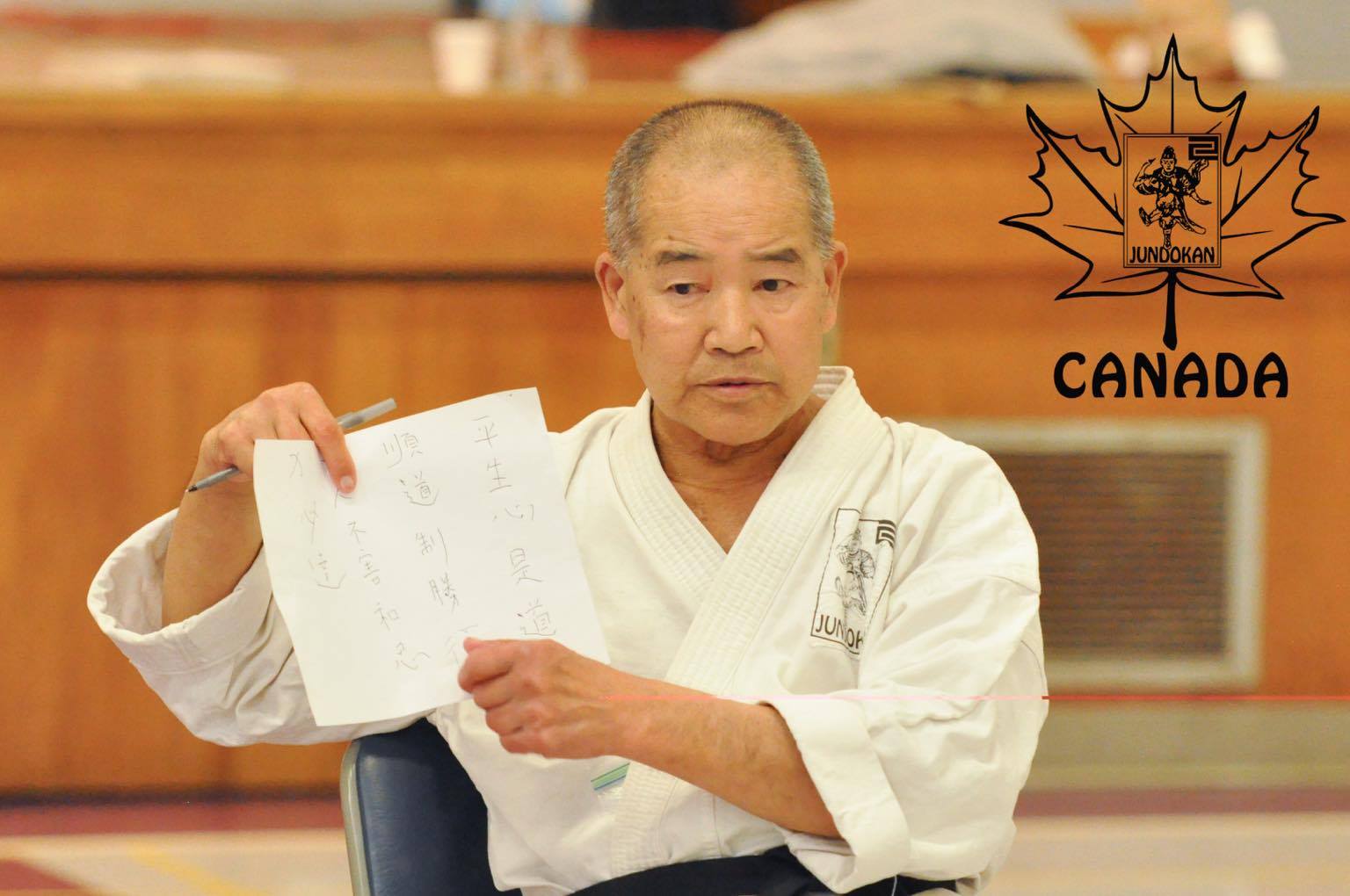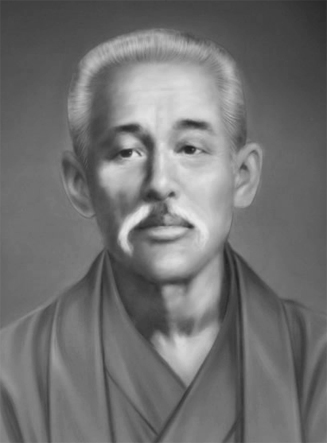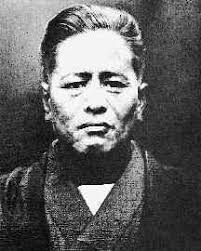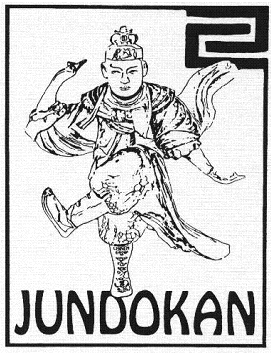

Lineage
Goju Ryu Karate Lineage


Chojun Miyagi (1888-1953) began his training at the age of 11 under Ryuko Aragaki and continued at the age of 14 under Kanryo Higaonna for the next 13 years. Miyagi had been teaching his “te” (the informal name at the time for what would come to be called karate) for some time when he decided to name his system “Goju.” Go means “hard” or “steadfast.” Ju means “soft” or “gentle.” Thus, a simple translation of Goju Ryu is “hard, gentle style.” Miyagi registered his system with the Dai Nippon Butoku Kai, a national organization with great prestige. He was appointed to serve as the director of the Okinawan branch of the Butoku Kai. When he passed away, his most senior students went on to form their own dojos, and branches of Goju Ryu. Prominent among these was Eiichi Miyazato.
%20crop%2C%20resize_.webp)
Eiichi Miyazato (1922-1999) began his training in 1938 and taught at Miyagi’s garden dojo after his death. Miyazato received all of Miyagi Sensei's kigu undo devices and subsequently founded the Jundokan dojo in 1957. Miyazato Sensei was a police officer, and in that role was responsible for teaching officers both karate and judo at the Okinawan Police Academy. Because of his experience with judo's ranking system, he was also instrumental in introducing the ranking system to Okinawan karate during the mid-1950's. Teruo Chinen served as Miyazato’s “Uchi Deshi” for several years.
-9bf31.jpg)
Teruo Chinen (1941-2015) lived three doors down from Miyagi’s dojo/home when he was a child and was impressed by what he saw there even though he didn’t quite understand it. His formal karate training began in junior high school at the age of 13. By this time, Chinen’s parents were both dead and he and his siblings were living with his uncle. His life lacked direction until he discovered karate, and at the age of 14 he decided to devote himself to training which continued under Miyazato Sensei at the Jundokan. In 1959, Sensei Chinen’s great sempai, Morio Higaonna, moved to Tokyo to open the Yoyogi Dojo. Chinen followed him, taking on the task of teaching the “Gaijin,” or foreigners. In 1969, Chinen was sent to Spokane, Washington USA, by Miyazato Sensei to teach Goju Ryu. In 1988, he was promoted to 7th dan and awarded the title of "Kyoshi" by Miyazato Sensei. That was his last promotion. Sensei Chinen spent his adult life traveling the world bringing Goju Ryu to enthusiastic practitioners in many countries, but Spokane was his home.
Jundokan International
https://www.jundokan-international.org
Organizational Constitution and Bylaws
With the passing of our teacher Sensei Teruo Chinen on September 9th, 2015 organizational work commenced to preserve the legacy of our Teacher and his organization. During this period, the 1st Jundokan International -Constitution and Bylaws (2017) was crafted, voted on and adopted by the membership of the organization. Guidance for the creation of this document came from senior instructors from across the globe and well as organizational instructors within North America. The adoption and passing of the Constitution and Bylaws created (3) committees: The Steering Committee The Promotional Board The Advisory Board Each of these Committees/Boards have specific tasks and responsibilities. The Steering Committee (3) Directors are to maintain the operational duties within North America and as well as the other Countries across the Globe. The committee members serve 2 year terms. The (2024-2026) Steering Committee- Directors are as follows; Administrative Director; Clinton Striefling, Walla Walla, WA USA Treasurer; Steve Dunn, Seattle, WA, USA Secretary; John Lowrie. Vancouver, British Columbia, CAN The Promotional Board, maintains the grading requirements and kata standardization of the organization which has been approved. The rank of Rokudan or above is required to serve on this board. The board serves the entire global organization. International Directors from across the globe have assigned functions within this Board. The Advisory Committee provides feedback to the Steering Committee relating to operational issues within North American. The rank of Sandan and above is required to serve on this committee. |

